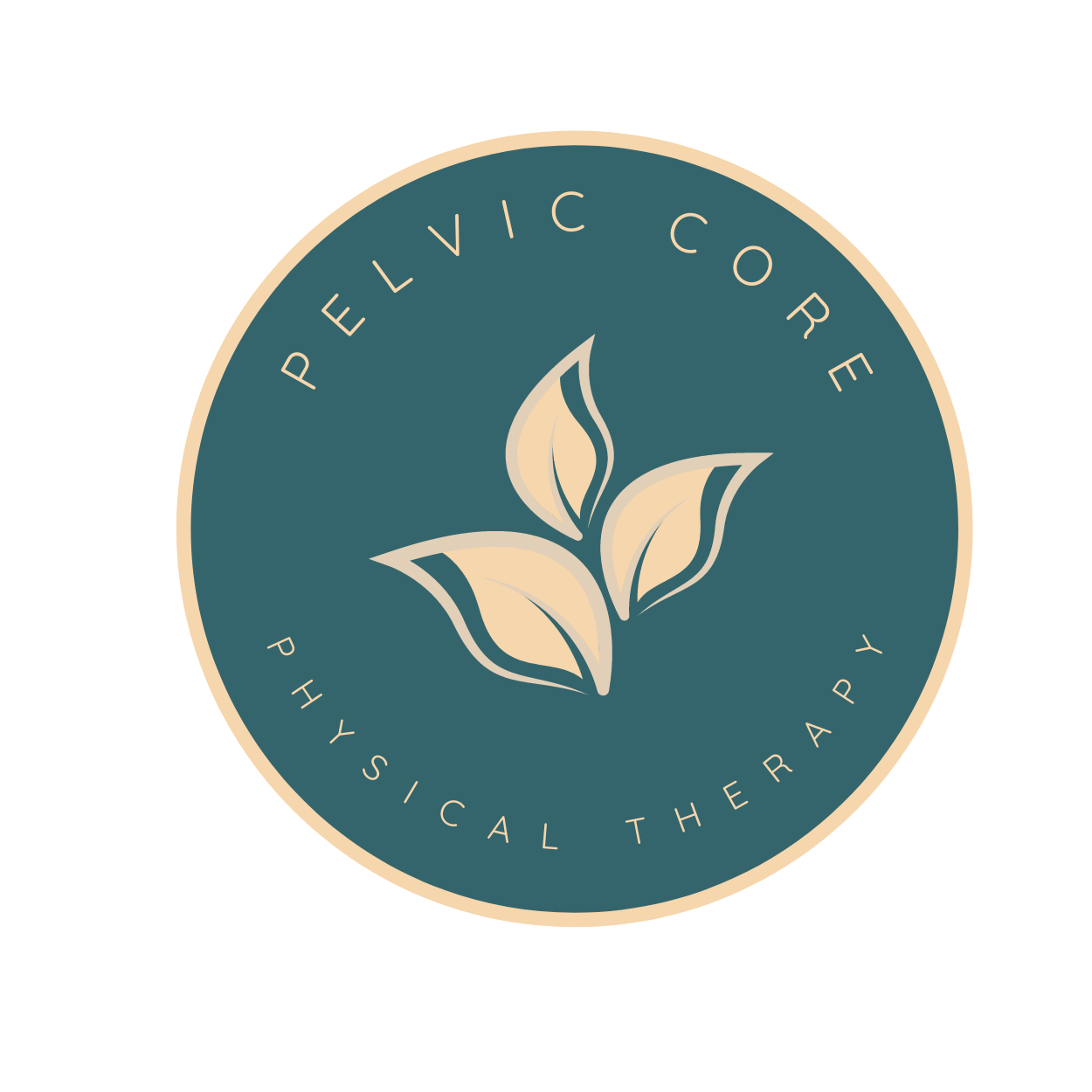3 Pelvic Floor Exercises for Pelvic Organ Prolapse
Pelvic organ prolapse (POP) is a condition where the pelvic organs, such as the bladder, uterus, or rectum, can descend and protrude into the vaginal canal due to dysfunction in the pelvic floor muscles or connective tissue. You may notice symptoms during or after pregnancy (vaginal and c-section deliveries can both experience POP), due to heavy lifting or sports activities, or after bouts of constipation or chronic coughing. Treatment options for pelvic organ prolapse depend on the severity of the condition and the symptoms experienced. Pelvic floor physical or occupational therapy can help to decrease your POP symptoms significantly using exercises, lifestyle changes, and appropriate referrals to healthcare providers experienced with prolapse.
Symptoms of POP may include - feelings of heaviness in the pelvis, low back pain, a tampon like feeling in the vagina, or feeling/seeing a bulge coming into the vaginal canal or out of the opening to the vagina. Oftentimes, POP symptoms are aggravated by the downward pull from gravity. For example, symptoms are typically worse by the end of the day after being up on your feet for long periods of time. Here are some pelvic floor exercises that may help reduce that pull of gravity to improve symptoms of POP:
Elevated puppy pose: Come to hands and knees. Place one yoga block under each knee to elevate your lower body (this stretch can be done without elevating the knees as well). Slide your hands out in front of you to either rest on your forearms or stretching your arms straight out and bringing your forehead and chest to the floor. Your sit bones should be pointed up towards the ceiling. Hold for about 1 minute and breathe deeply visualizing your sit bones spreading and pelvic floor relaxing on the inhalation.
Bridge with a ball squeeze: Lie down on your back with your knees bent and feet planted hips width apart. Place a squishy ball or a pillow between your knees. Exhale through pursed lips as you lift your hips and squeeze the ball while gently contracting your pelvic floor (feeling as if you were picking up a blueberry with your vagina and a flax seed with your rectum). Inhale and relax your pelvic floor to lower. Perform about 2-3 sets of 10 as an exercise. You may also incorporate a few of these throughout your day, anytime you feel heaviness or pressure in the pelvis.
3. Hips up with pelvic floor relaxation: Lie on your back with your knees bent. Place a yoga block or a few pillow under the back of the pelvis to elevate the hips higher than the chest. You can also add in placing your legs on a chair, or straight up a wall. Relax and breathe here for 2-5 minutes. We usually recommend that our patients with POP perform some type of hips up technique at the end of each day, especially if that day involved al lot of standing or heavy lifting.
If you are experiencing symptoms of pelvic organ prolapse, visit our home page to schedule your free 15 minute consult call to talk to one of our pelvic floor physical therapists about how we can help you feel better and get back to doing the things that you love.
Here’s to a happy and healthy pelvic floor!

